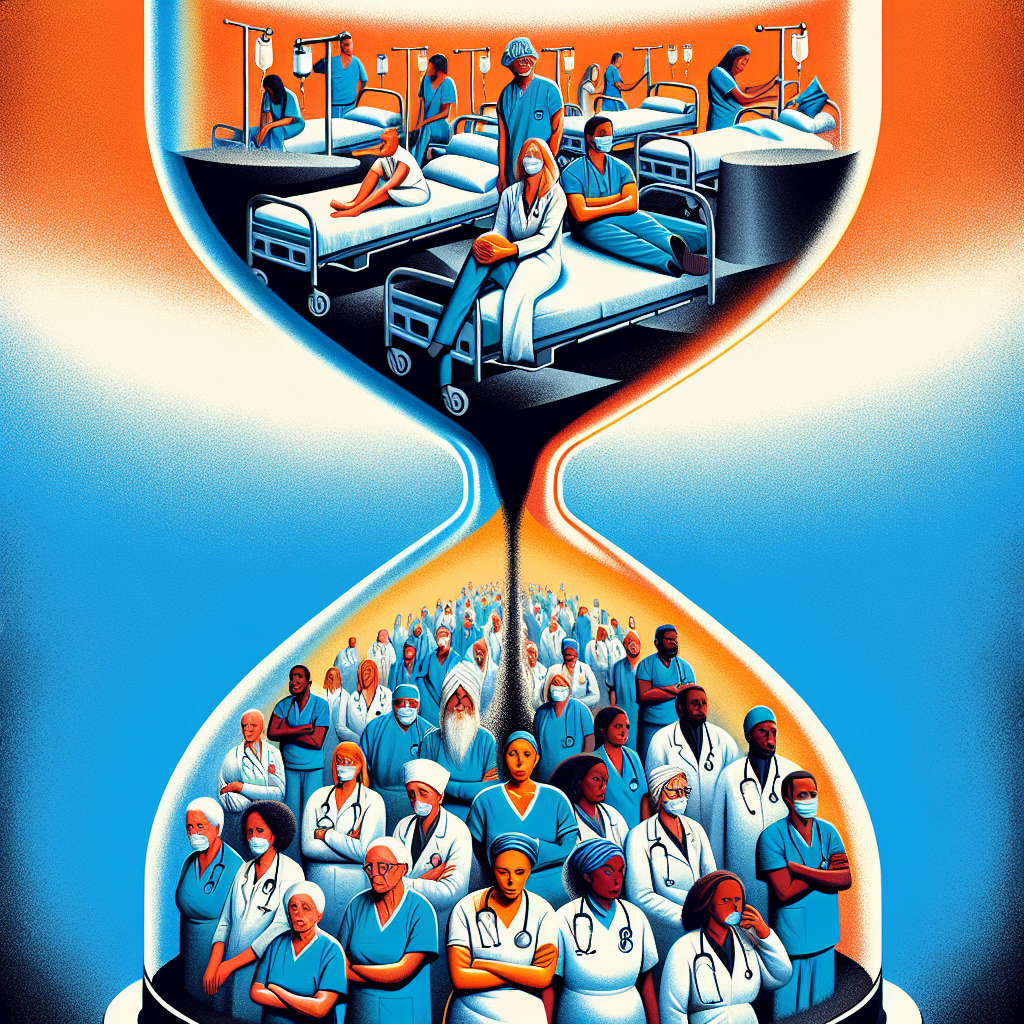New York, NY—Across the nation, skilled nursing facilities are facing a crisis that threatens not only the quality of care for the elderly and disabled but also the well-being of the healthcare professionals upon whom these patients depend. A growing shortage of skilled nursing staff is leading to widespread burnout among healthcare workers, raising serious concerns about both patient care and the sustainability of the workforce in these essential roles.
According to a recent study by the American Health Care Association, over 99% of nursing homes in the United States are currently facing staffing shortages, a statistic that underscores the magnitude of the problem. This shortage is not only limiting the capacity of these facilities to accept new patients but is also placing an unsustainable burden on existing staff, leading to increased rates of turnover and burnout.
The reasons behind the staffing crisis are multifaceted. They include an aging population requiring more care, a lack of qualified applicants due to the demanding nature of the job and relatively low pay, and the physical and emotional toll of nursing work, which has been exacerbated by the COVID-19 pandemic. The pandemic, in particular, has amplified stress levels, with many healthcare workers facing increased risks of exposure to the virus, longer hours, and the emotional strain of dealing with high rates of disease and death among patients.
One nurse, who wished to remain anonymous, shared with Bloomberg, “Every day feels like a battle. We are doing our best, but when the staff is stretched thin, it’s the patients who suffer. It’s heartbreaking.” Their sentiment echoes the frustration and despair felt by many healthcare professionals in skilled nursing facilities nationwide.
The effects of this crisis extend beyond the immediate impacts on staff and patients. There are wider implications for public health, with concerns that the chronic understaffing of skilled nursing facilities could lead to higher rates of hospital readmissions, further straining an already overburdened healthcare system. Additionally, the quality of life for residents in these facilities is at risk, with staff shortages leading to longer wait times for assistance, reduced personal attention, and the potential for decreased care quality.
Efforts to address the staffing shortage have been varied, with some states implementing temporary measures such as relaxed credentialing requirements or increased funding for nursing education. However, industry leaders insist that more comprehensive solutions are needed. These could include substantial investments in workforce development, improved pay and benefits to attract and retain staff, and initiatives aimed at enhancing the image of nursing and caregiving professions.
As the nation grapples with this hidden toll, the need for concrete action becomes ever more urgent. Without significant interventions to alleviate the staffing crisis in skilled nursing facilities, the cycle of burnout and turnover is likely to continue, with potentially severe consequences for the health and well-being of the most vulnerable among us.


